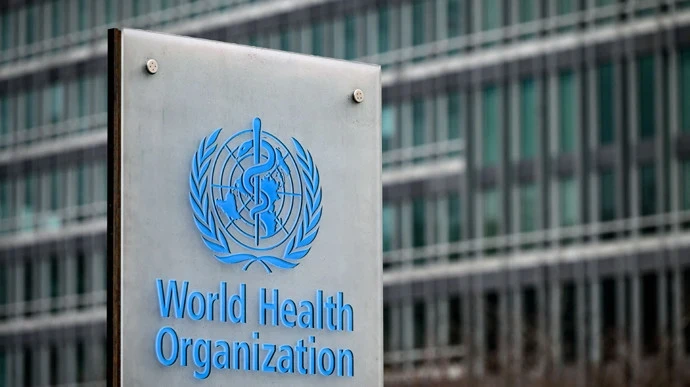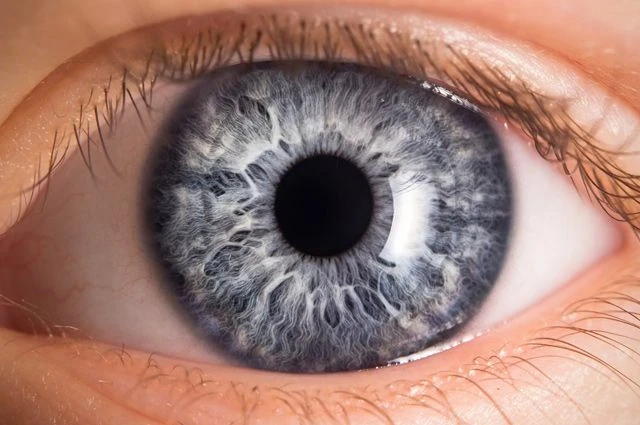Doctor of Medical Sciences, Associate Professor, and Head of the Department of Neurology and Clinical Genetics at the Kyrgyz State Medical Academy, Elmira Mamytova, spoke to 24.kg about the symptoms, causes, and prevention methods for migraines.
— What are the differences between migraine and a regular headache?
— Migraine manifests as episodes of intense, sometimes unbearable pulsating pain, which is usually localized on one side of the head and may be accompanied by nausea and vomiting.
An episode can last from seven to eight hours on average.
This pain is often so severe that it hinders physical activity; the person cannot tolerate bright light, sounds can cause discomfort, and touch can become unpleasant.
There is a chronic form of migraine (attacks occurring more than 15 days a month) and episodic (attacks lasting from a few hours to 72 hours).
Prodromal symptoms of migraine may appear as visual disturbances, such as flashes or zigzags in the field of vision, about an hour before the onset of an attack.
Although migraine is a common medical issue, it is not always correctly diagnosed. Not all patients consult neurologists or cephalologists, which complicates treatment. There is a shortage of specialists in this field in Kyrgyzstan.
— Are there potential complications of migraine?
— Yes, migraine significantly reduces the quality of life. Frequent attacks force patients to constantly take medication, which can interfere with their daily life and work.
Additionally, migraine can combine with other types of headaches, for example, in people suffering from cervical osteochondrosis.
— Who is at risk?
— Migraine most commonly develops in adolescents and working-age individuals.
Women suffer from migraines three times more often than men.
Children can also experience migraines, showing symptoms such as dizziness and intestinal colic. This may indicate an increased risk of migraine in the future.
Moreover, people exposed to stress, mental strain, and weather sensitivity are also at risk.
— What factors can trigger migraine attacks?
— These include strong odors and bright light, prolonged hunger, lack or excess of sleep, as well as changes in atmospheric pressure.
In women, migraine may be associated with hormonal changes—this form is called menstruation-associated. Some women experience attacks three days before menstruation, during, or after it.
During pregnancy, some women may experience a decrease in migraine frequency, but in some cases, it may increase. Similarly, during menopause, the frequency of attacks may change.
Each patient eventually identifies their individual triggers over time.
During a migraine attack, there is a change in the levels of various substances in the body, particularly serotonin, which plays a key role in regulating mood and appetite.
It is important to remember that pain itself is necessary for protecting the body, signaling inflammation or organ problems.
— Can migraine be inherited?
— Yes, there is a risk of inheritance, especially if both parents suffer from migraines; the likelihood of this condition appearing in children increases.
— How is migraine properly diagnosed? Is MRI necessary?
— MRI is not required. There are special questionnaires and scales for doctors that allow for a quick assessment of the patient's condition.
Diagnostic criteria include:
- pulsating nature of pain;
- unilateral localization of pain;
- presence of nausea and vomiting;
- intensification of pain with physical activity;
- presence of associated symptoms.
If the result is positive, treatment with medications is prescribed, which often leads to improvement.
The intensity of pain is assessed on a scale from 1 to 10 or using smiley faces—from happy to sad.
— Is there a universal treatment for migraine?
— Therapy depends on the frequency and intensity of attacks. If they are severe and accompanied by other symptoms, patients are usually prescribed triptans—medications specifically designed to relieve migraines.
For mild and infrequent attacks, non-steroidal anti-inflammatory drugs, such as aspirin or citramon, often help.
Preventive medications may also be used to prevent frequent attacks.
Patients with chronic migraines may experience accompanying anxiety or depression, so antidepressants may be prescribed.
It is important to monitor the dosage and frequency of medication intake to avoid medication dependence, which can arise from the constant use of painkillers.
It is essential to follow the doctor's recommendations and avoid self-medication.
Patients are usually monitored in outpatient clinics, and hospitalization is only required in rare cases of complicated forms of migraine. If neurological symptoms occur, such as double vision or weakness in the limbs, inpatient care is necessary.
— Can non-drug methods, such as massage or acupuncture, help?
— These methods can serve as adjunctive therapy but cannot replace primary treatment.
— How can migraine be prevented?
— It is impossible to completely prevent migraine, as it is a genetically determined condition, but preventive measures can be taken. A doctor may prescribe antiepileptic, antihypertensive medications, or antidepressants.
— Is it necessary to change one’s lifestyle?
— Yes, it is important to avoid triggers, maintain a work-rest schedule, drink enough fluids, eat on time, manage stress, and seek treatment for anxiety conditions if necessary.




















